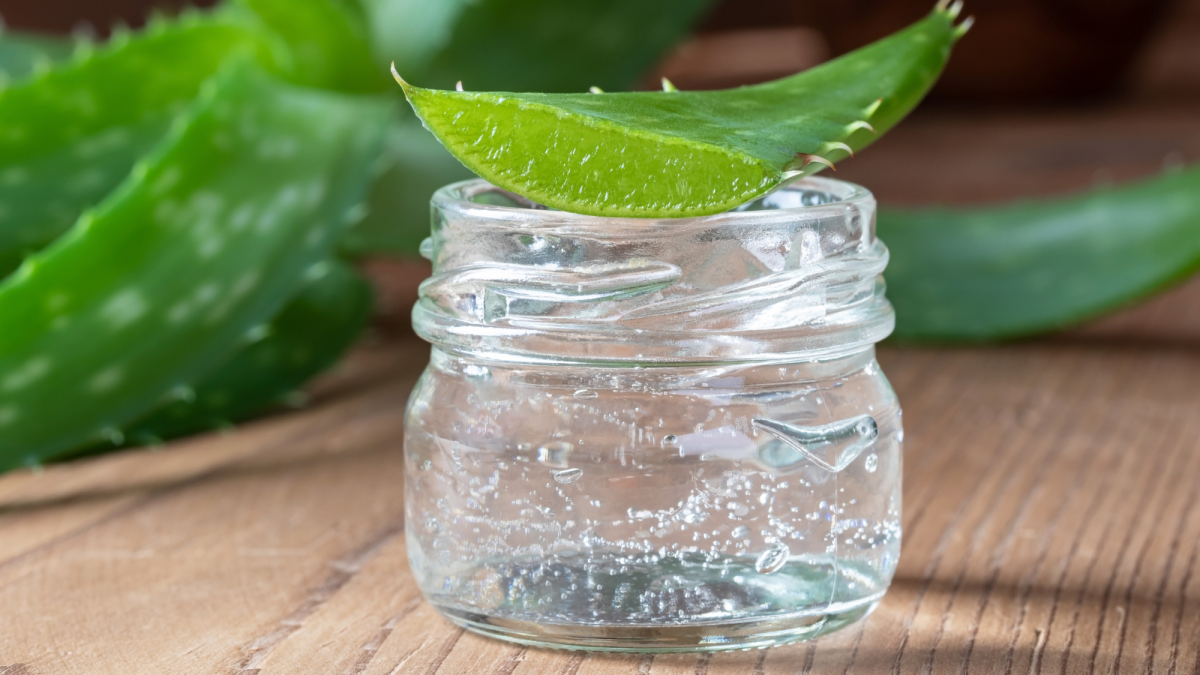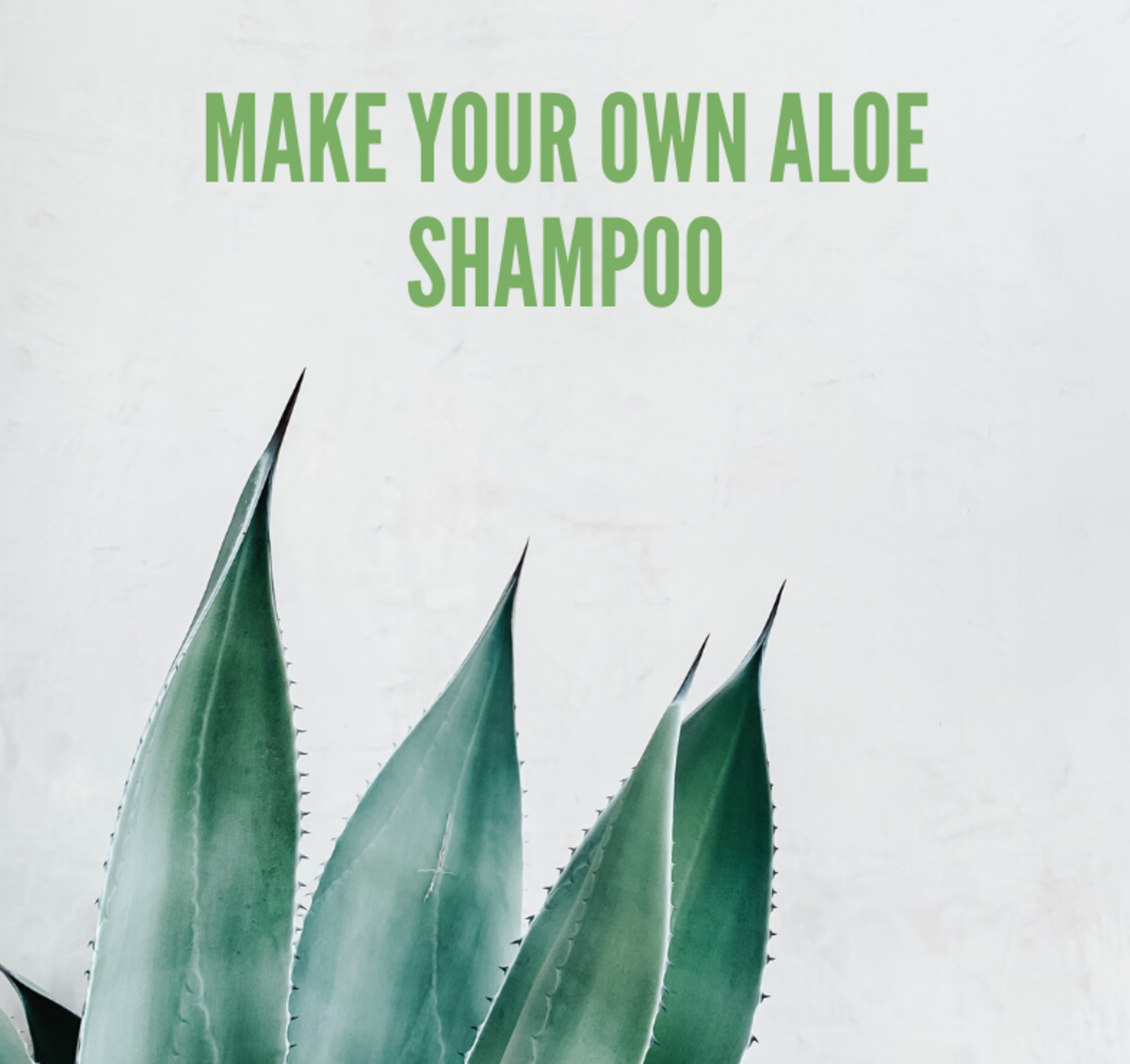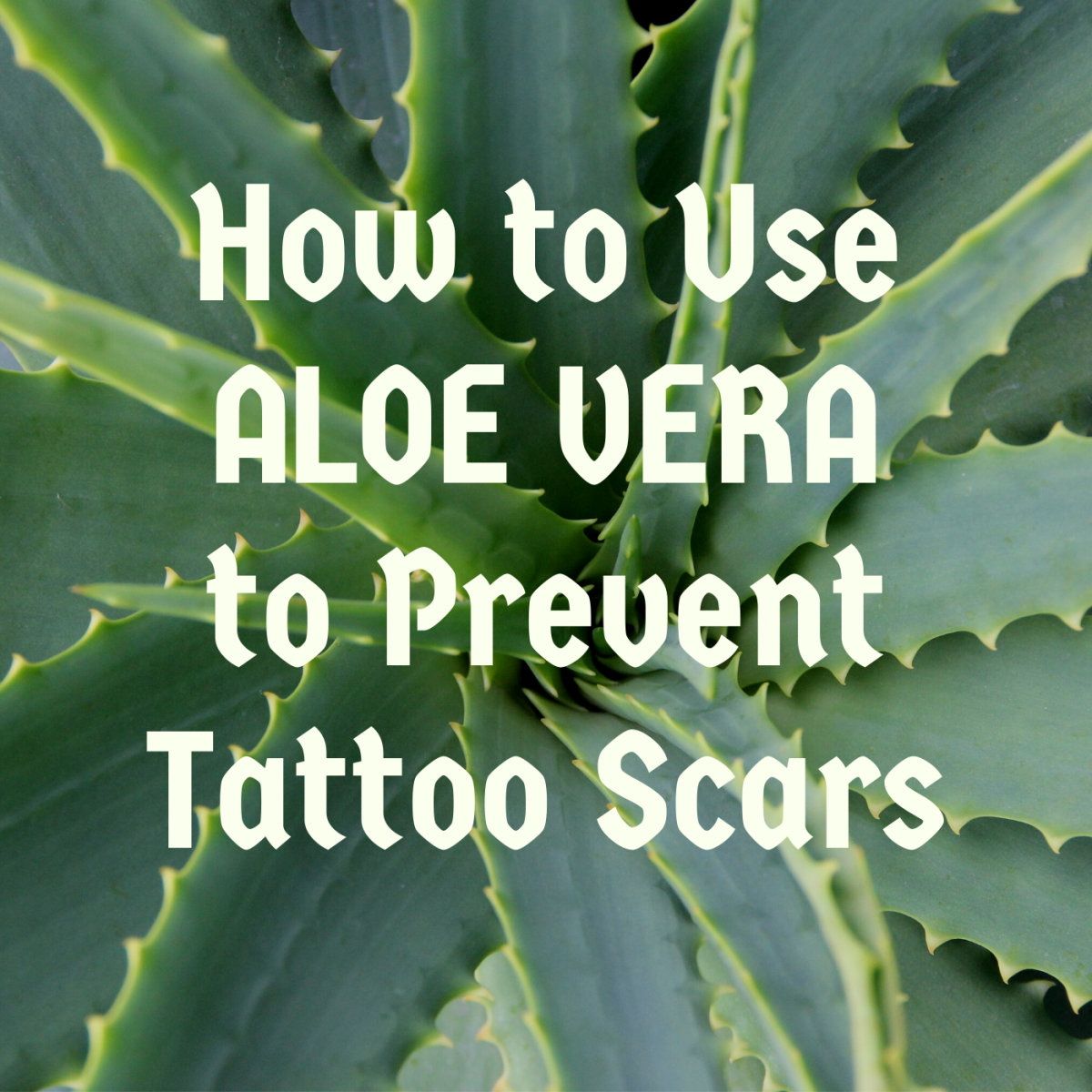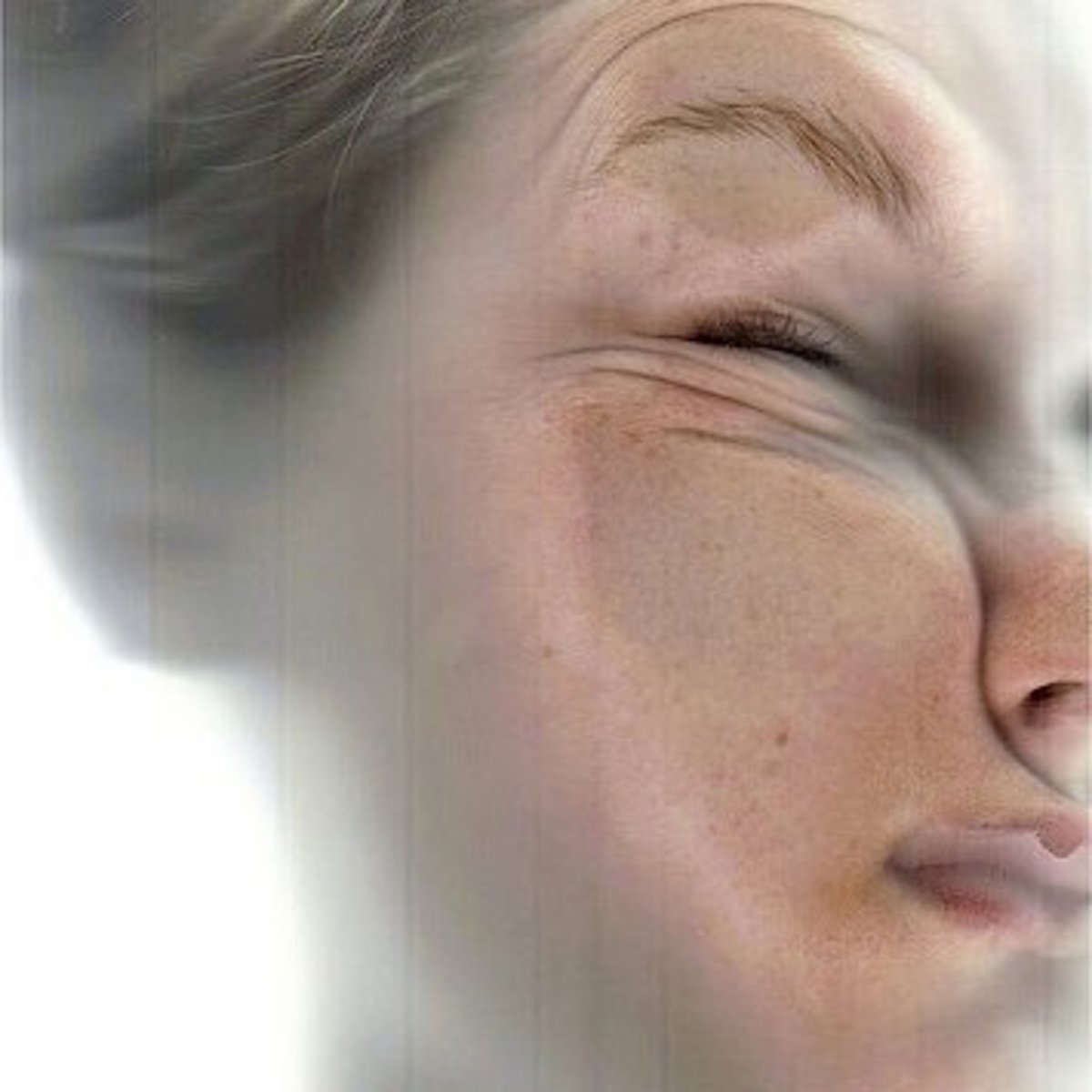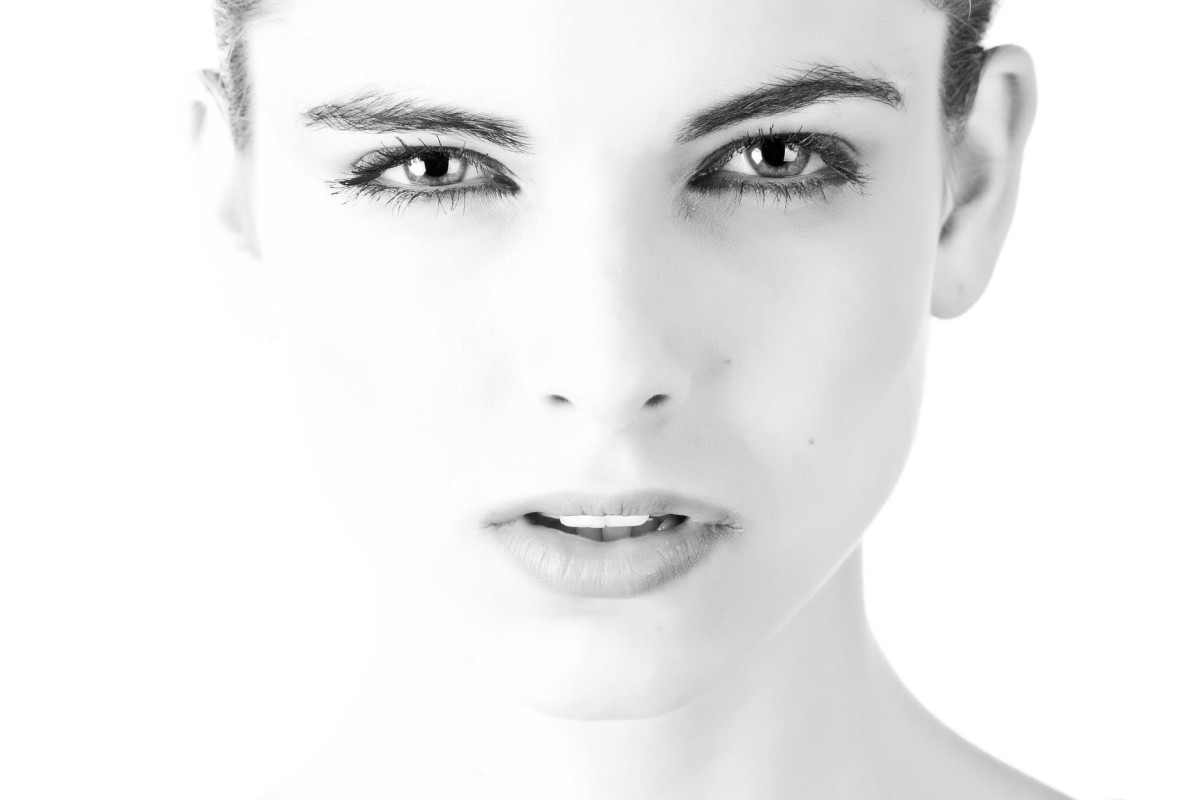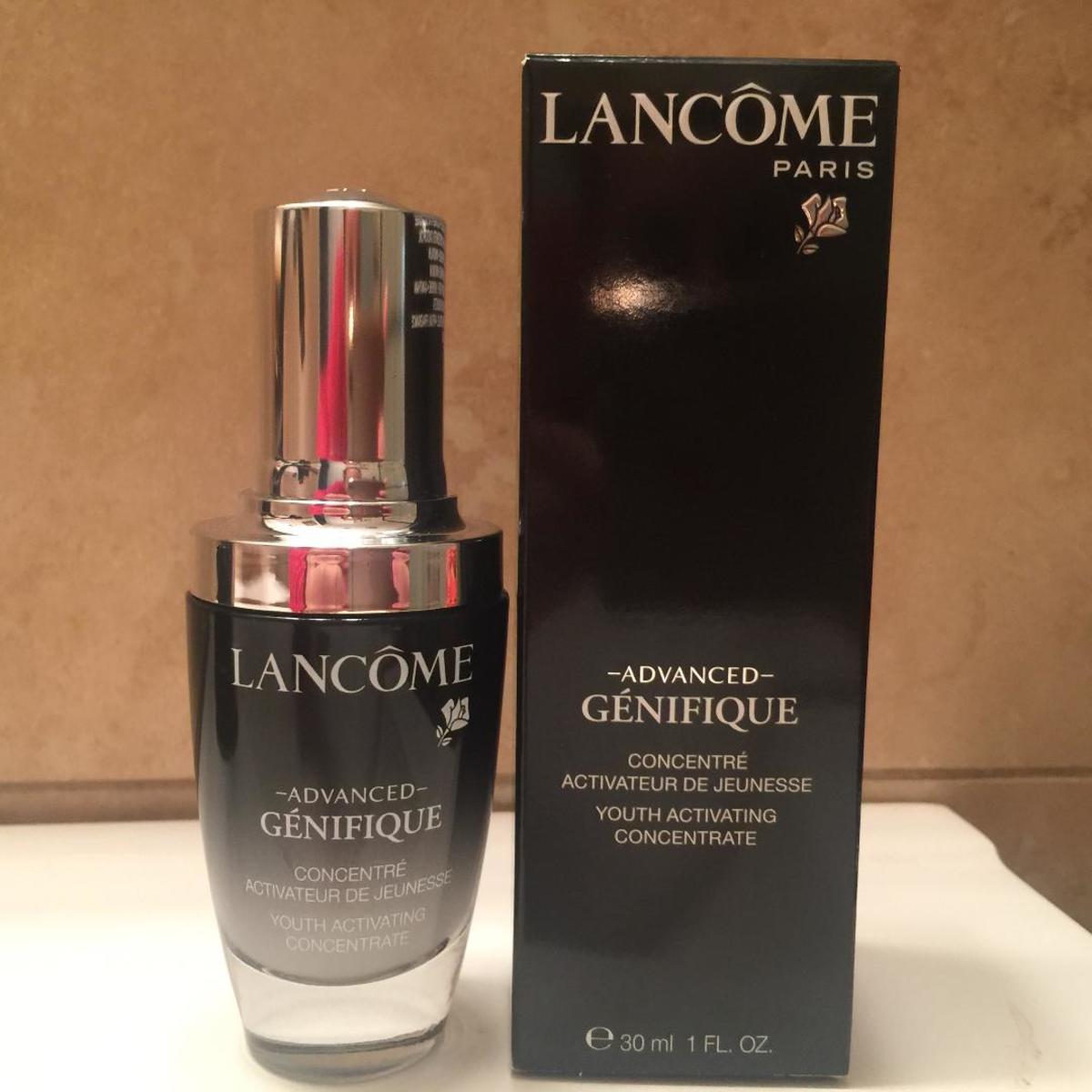- HubPages»
- Fashion and Beauty»
- Skin Care»
- Facial Skin Care
Multicultural Skin Care
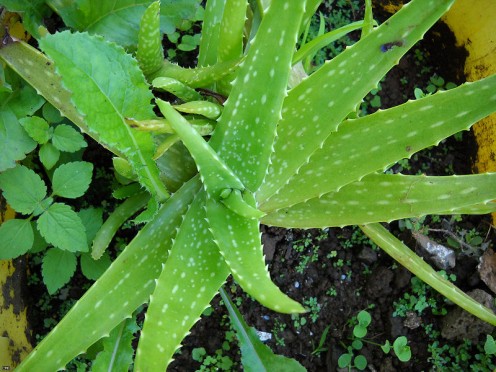
Introduction
The use of Aloe Vera dates back to 6,000 years. The credit of first use goes to the people of Egypt. The plant has many motifs in Egyptian art and sculpture. It was given as a burial gift to the deceased pharaohs, as it was called the "plant of immortality'.
Aloe Vera is best for multicultural skin care.
Aloe Vera is a non-toxic juicy plant. It can grow in arid places because its leaves can store ample amount of water. It has innumerable cosmetic benefits.
The Aloe Vera sap is also used in different cosmetic products like soaps, shampoos, moisturizers etc.
The gel made from Aloe Vera is used to supplement the hair growth in baldness, in reducing wrinkles, in protecting and curing sunburn etc.
The increased water contents present in the enzymes, impart hydrating and anti-inflammatory properties to the Aloe Vera.
Being an astringent, it reduces overproduction of oil on the face by sebaceous glands and is best for acne.
Contents in aloe vera gel
Water
|
|---|
20 minerals
|
12 vitamins
|
18 amino acids
|
Aloe vera Gel and Juice
Despite common belief, there is a great difference between Aloe Vera gel and juice. The mucilage, gel, rind, and sap are the four parts of the leaf structure of Aloe Vera. The layer of bitter fluid which protect the plant from the animals is the latex or the sap.The protective layer is called rind.
The mucilage and the gel comprise the inner parts of the leaf.The Aloe Vera gel is prepared from mucilage and the gel.
The Aloe Vera juice is bitter sap, found just below the skin of the leaf.It contains aloin, which is a strong laxative.
The preparation and use of aloe vera gel
The preparation of Aloe Vera gel at gel at home is a simple and an easy process. Take the leaves of the plant, cut the spiky edges, peel off the outer layer of one side, and scoop out the gel. To preserve a cup of gel, add the powder of vitamin C tablets ( 2 mg ), and Vitamin E ( 1600 IU ), and mix thoroughly in the blender. The refrigerated gel remains safe for about two months when kept in a sterilized glass container.
Uses
The Aloe Vera gel is the best and the wonderful stretch marks remover.
As a substitute to synthetics, it is especially a natural eye makeup remover.
The gel softens and gives moisture to dry, chapped lips and the skin blisters.
The gel helps to alleviate the itching and inflammatory effects of the insect bites.
The message of the gel on the dull nails increases their natural glow and shine.
The Aloe Vera gel is the natural and the best shaving gel with after shave effects.
Put cotton swabs, dipped in refrigerated gel on the tired and swollen eyes to get relief.
The Aloe Vera gel nourishes the dry facial skin and is best for eczema around the eyes.
The gel heals the wounds and stops the minor bleeding. It soothes in burns and skin allergies.
Aloe vera for alopecia and healthy hair
The chief benefit of Aloe Vera gel is the health of the hair because the plant almost resembles biochemistry of the human body. It is the best hair care agent due to the presence of vitamin E, and keratin in it. The Aloe Vera oil is a hair conditioner and its regular use retards hair loss. It strengthens the hair, nourishes the scalp cells and stimulates the growth of the hair.
When used as a shampoo, it is best for the dry flaky scalp, and lice control. The gel strengthens and moisturizes the roots of the hair. Massaging the freshly peeled leaves or the gel, on affected area is just enough to reduce and prevent dandruff.
In alopecia treatment, it stimulates the growth of the hair, and reduces hair loss in balding areas, due to its anti-inflammatory properties. The gel conditions the hair and imparts luscious look to the locks.
Skin care and complexion
It can treat dermatitis, skin ailments, skin allergies, skin sensitivity, and skin disorders. It prevents the itching and scratching irritations of the skin.
It promotes a glowing and even complexion. The gel removes the rashes and blemishes but retains the soft, supple and smooth texture of the dry flaky skin. It reduces the dark spots, dark patches, pigmentation, and freckles. Thus imparting a smooth and healthy glow to the face.It pampers the skin, enhances the skin tone and restoring skin's natural beauty;.
The moisturizing power hydrate the skin and the penetrating power transports healthy substances throughout the skin. It carries oxygen to the cells and gives strength to the skin tissues. Rubbing a little amount of gel, removes the dead cells and imparts a perfect glow to the skin.
The natural antiseptic and healing powers of aloe vera cure eczema, psoriasis, bruises, etc.
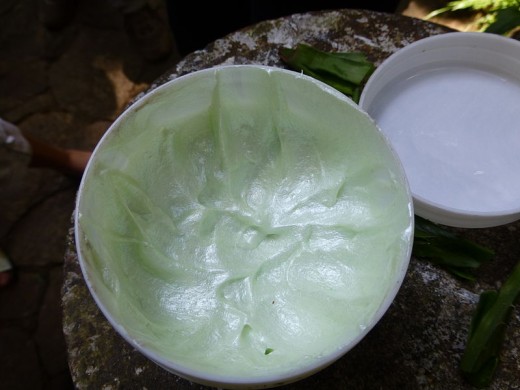
Anti ageing and wrinkles reducing
The vitamin C and E in Aloe Vera makes the skin supple and improves its firmness. The Aloe Vera gel moisturizes the under layers of skin by penetrating five times faster than water.
It stimulates the repair of collagen and synthesis of elastin, by reversing the skin degeneration, which in turn revitalizes and rejuvenates the skin. This reduces the fine lines from the surface of the skin, and removes the wrinkles and eliminate the dead cells. Aloe Vera retards the wrinkles by repairing the damaged cells responsible for the aging of the skin.
With coconut oil, it makes a creamy nutrient supplement of essential fats containing the hydrating moisture. This is good for dry skin.
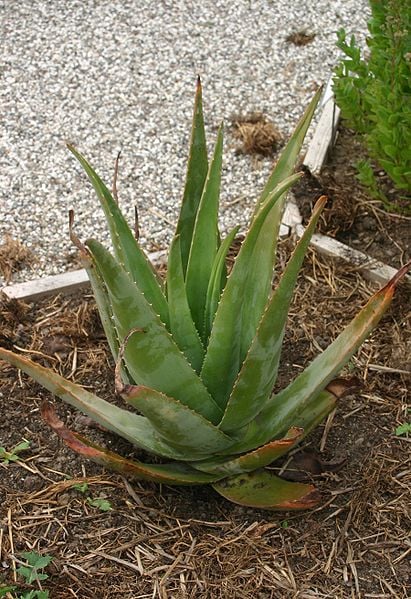
Acne Cure
The acne is a condition of the skin when the sebaceous glands of the skin and the hair follicles become more active and inflamed and hence the pimples are formed. Being an astringent, the gel reduces overproduction of oil on the face by these sebaceous glands.
The Aloe Vera plant gel cures acne and pimples, due to its anti-inflammatory properties. It also heals the lesions and reduces the redness of acne scars. Aloe Vera juice also cures acne, when applied directly to the affected area of the skin.
Sunburn treatment
The Aloe Vera soothes the burned skin caused by sunburns. It is due to menthol-like cooling properties of Aloe Vera. The gel forms a protective layer on the surface of the skin and restores the moisture by its hydrating power. Because the sunburn recovery of hydrated skin is faster than the dry skin. The chilled Aloe Vera gel is best for sunburn treatment and for suntan removal.
Aloe Vera Oil
Being antibacterial, it opposes the bacterial infection.
It is used to relax and soothe the body and the mind.
The aloe vera oil is most potent than the juice or the gel.
Aloe-emodin, an antiviral ingredient in Aloe Vera,kills the virus.
Being anti-oxidant it prevents the radiation damage to the skin.
The oil can be used in place of gel, to treat scalds and psoriasis.
Various enzymes of oil reduce the itching and swelling of the skin.
The oil moistens the skin and in dry weather, it prevents skin blisters.
It stimulates the regeneration of cells.It is an excellent softening agent.
For acne free smooth skin, the anti-inflammatory Aloe Vera oil is the best.
The oil can also be used as a laxative due to the aloe-emodin ingredient.
The oil is like a soft ointment and is very suitable for ulcers, dermatitis etc.
Aloe vera can also be used in the form of an anti-fungal oil to treat eczema.
The oil is extracted by distillation or by pressing the dry leaves of the plant.
It soothes the skin and increases the circulation of the blood and hastens the healing.
The presence of zinc and vitamin E and C, stimulate epidermal growth and skin repair.
The astringent oil massage nourishes the skin and keeps it free from cuts and rashes.
To maximize the rejuvenating power, the oil is mixed with other essential oils in aromatherapy.
Caution
The moderate use is harmless.
Take care while using aloe vera.
The high dose of aloe vera is toxic.
All aloe vera species are not beneficial, except few.
It has now been approved as a natural food flavoring agent.
The phototoxicity occurs sometimes in topical skin applications.
The juice should be taken on the recommendation of the physician only.
The scientific evidence for the cosmetic and medicinal effectiveness of aloe vera is limited.
Further Reading
© 2013 Sanjay Sharma

